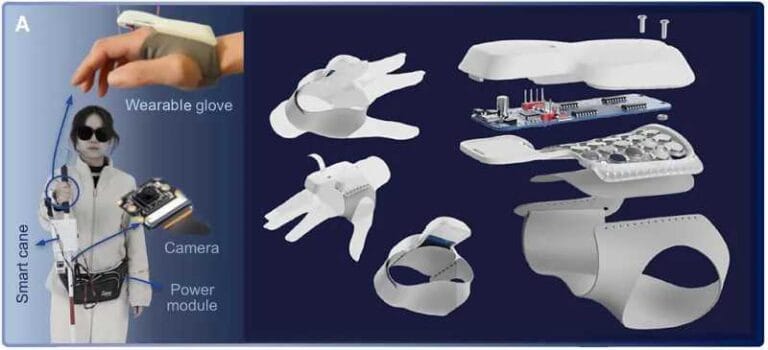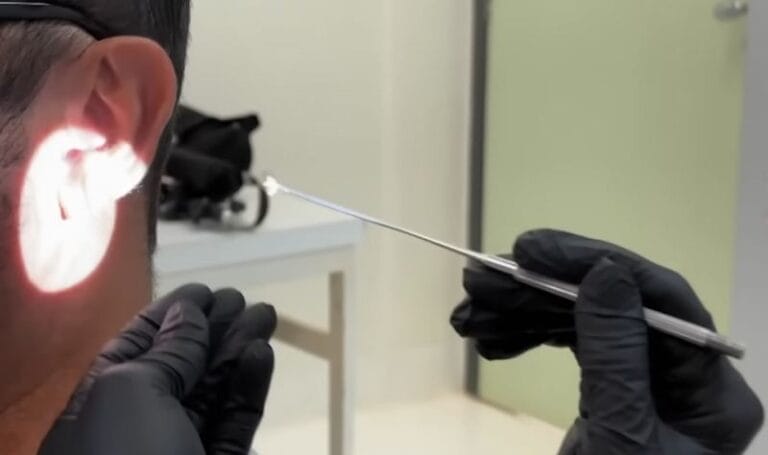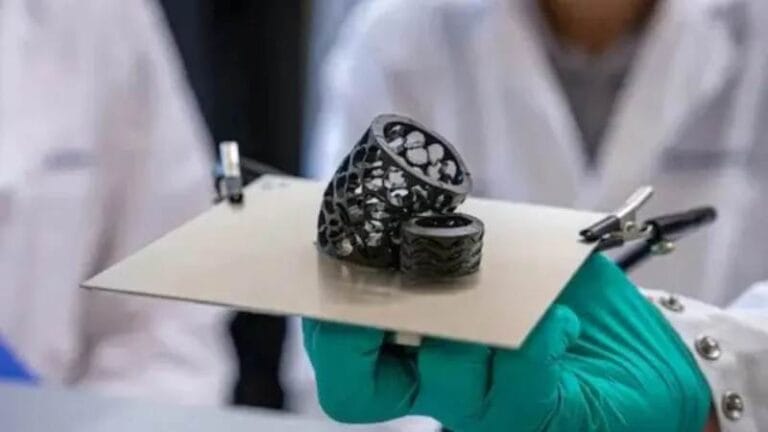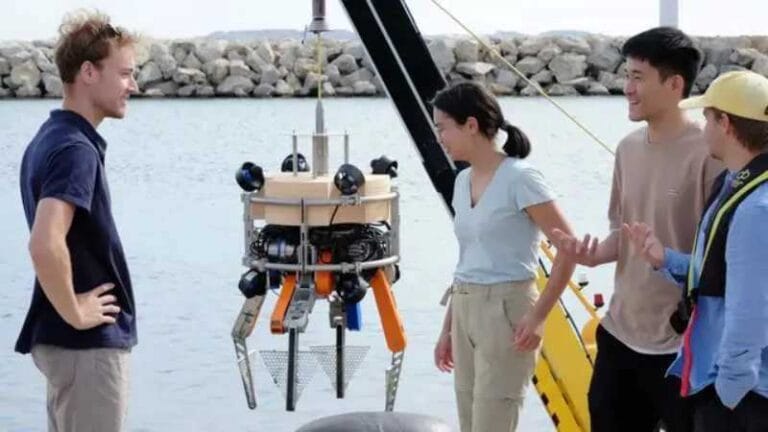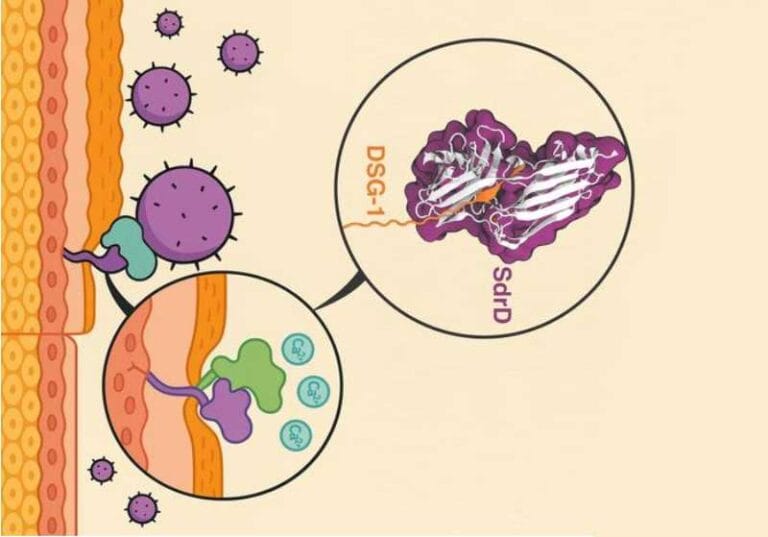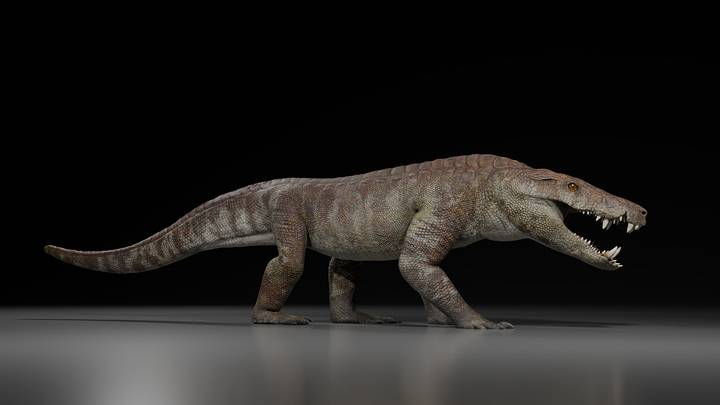Wearable device promises greater independence for people with visual impairments
A group of researchers has developed WanderPal, a smart wearable device that could radically change the way people with severe visual impairments navigate cities. The device combines artificial intelligence and tactile feedback to…

